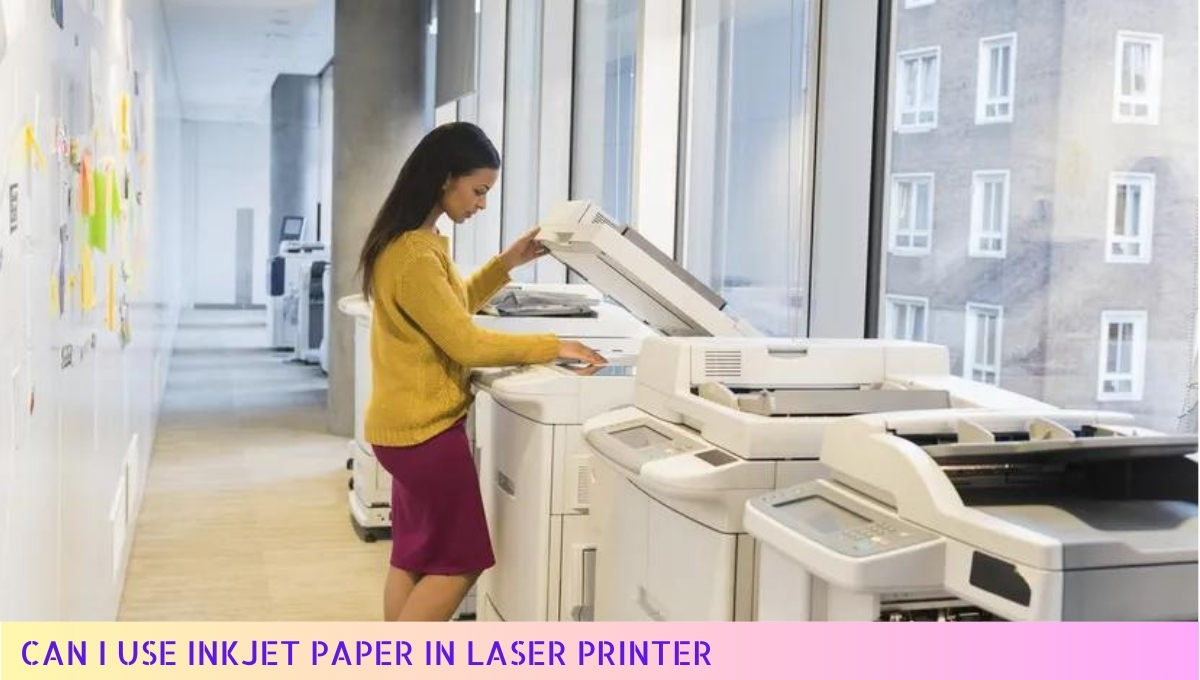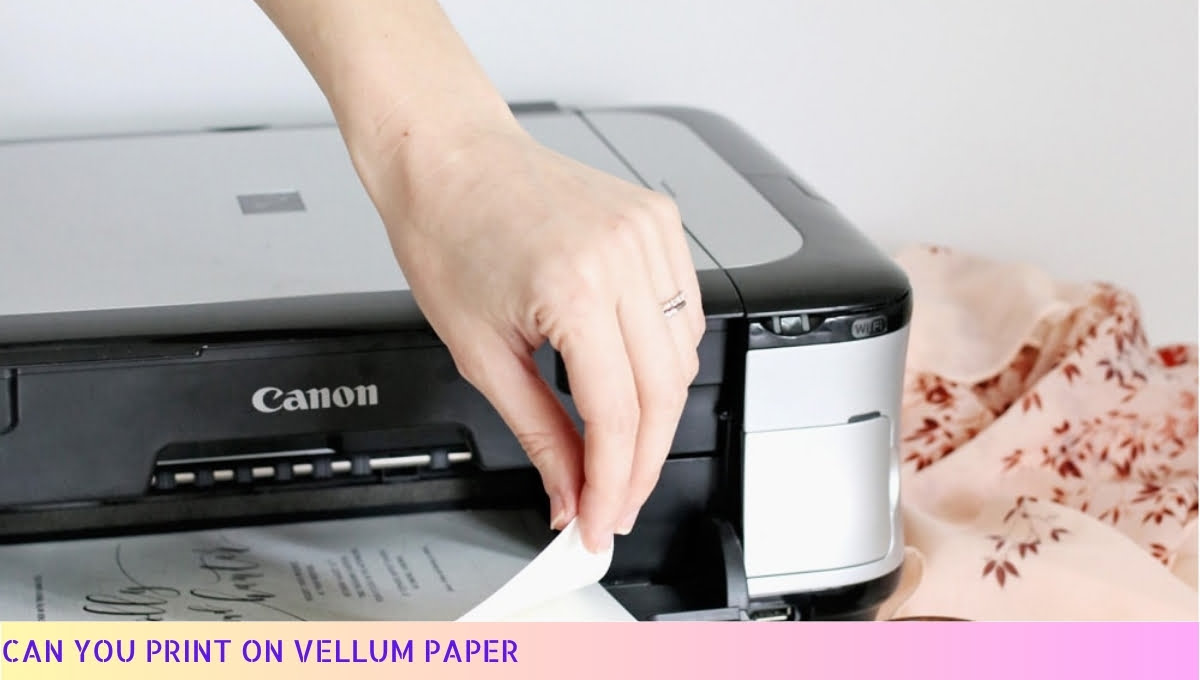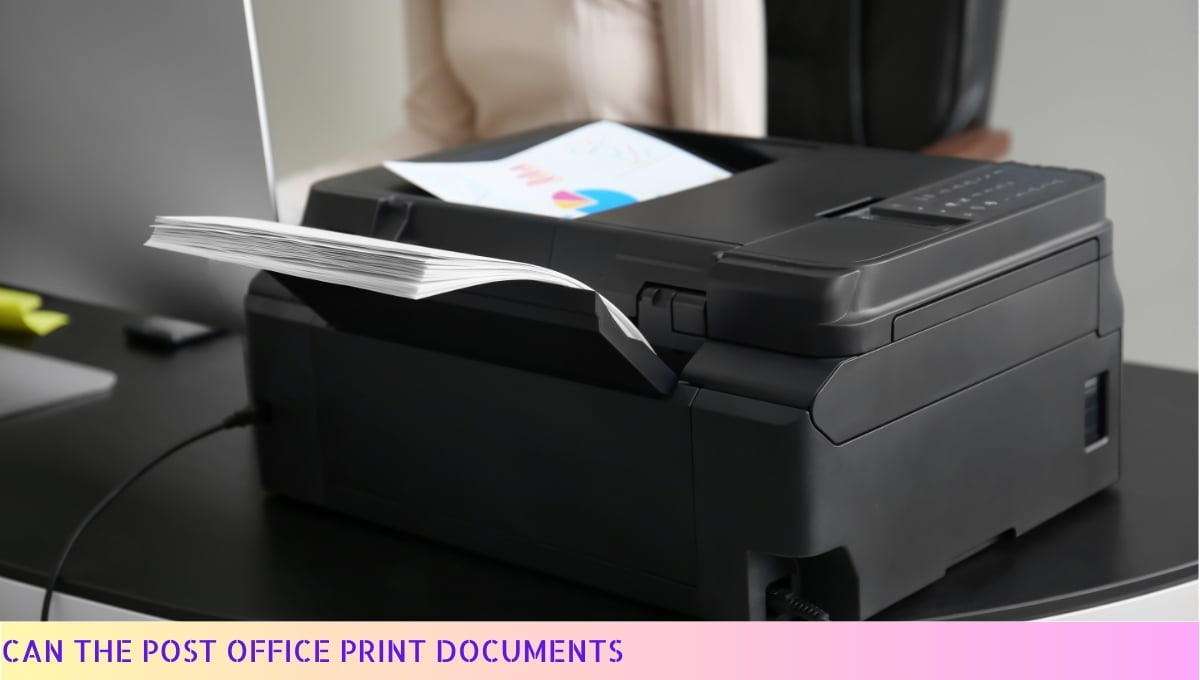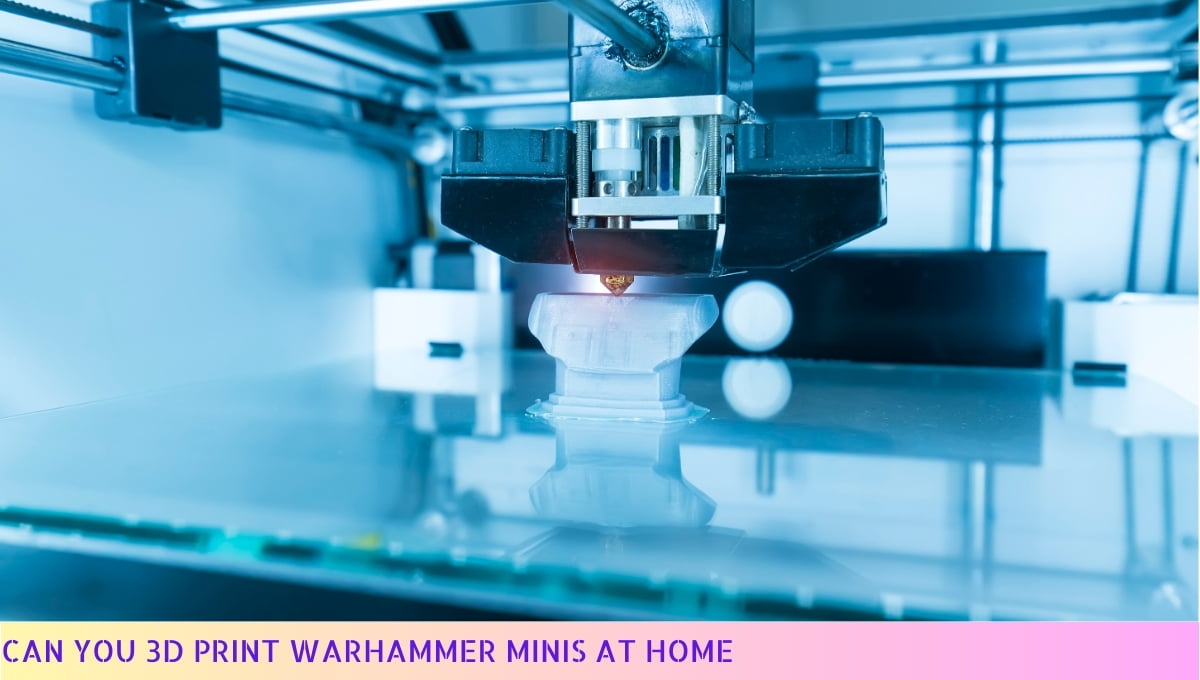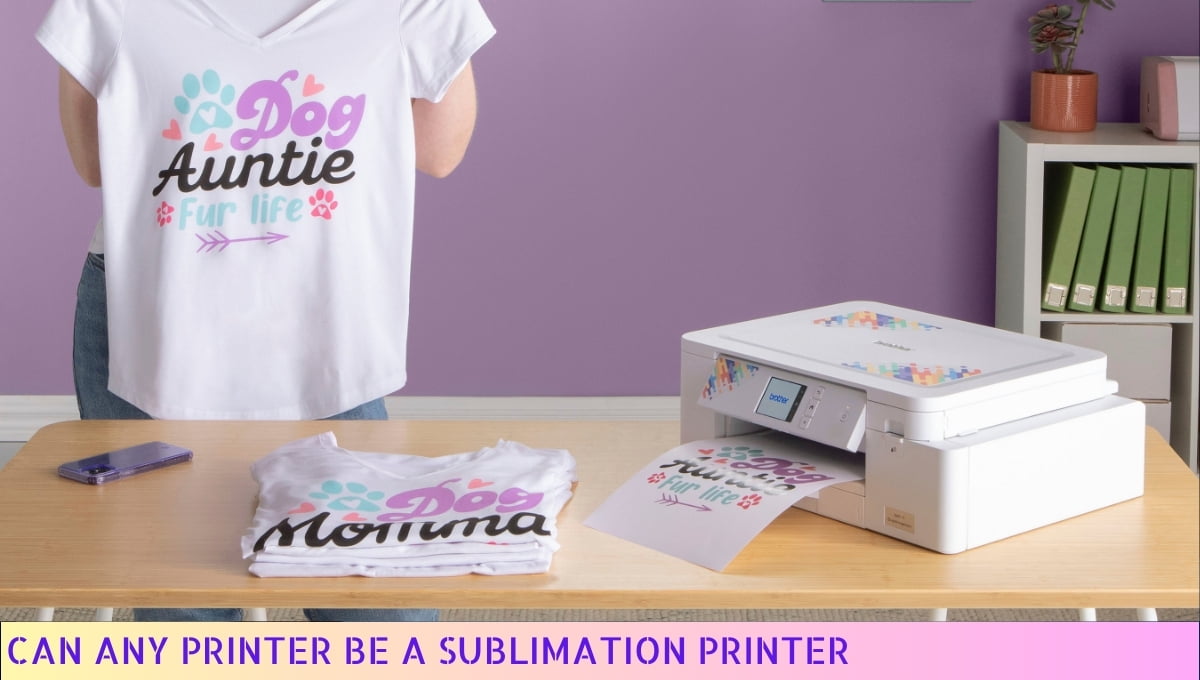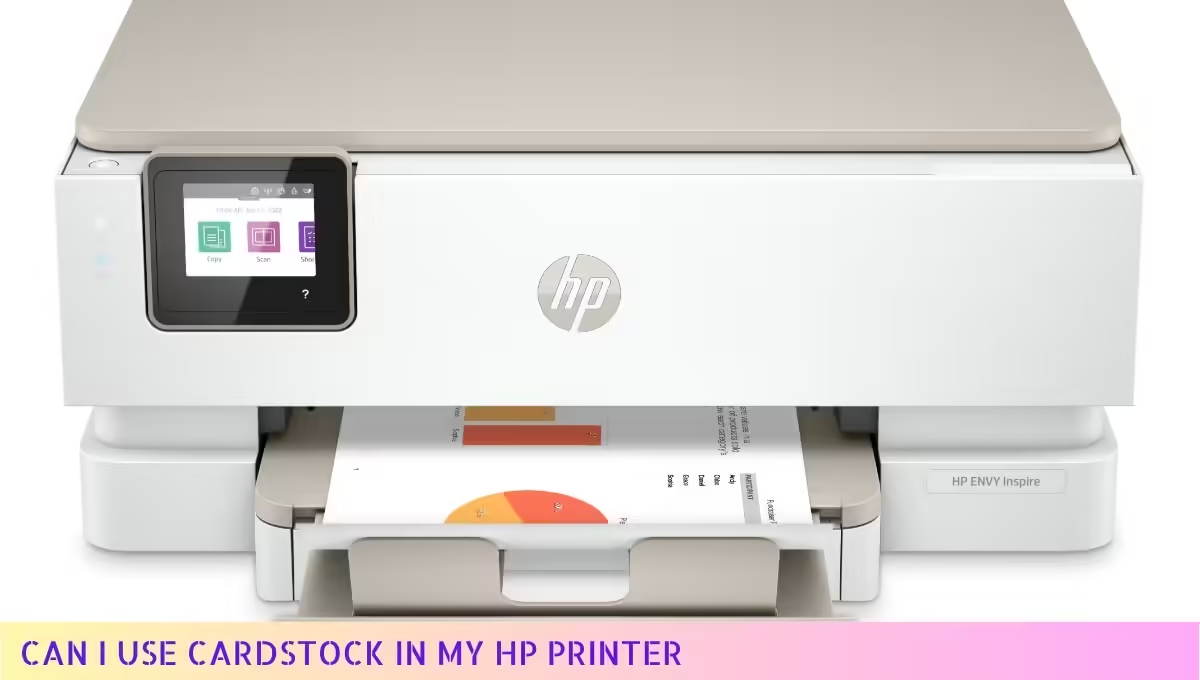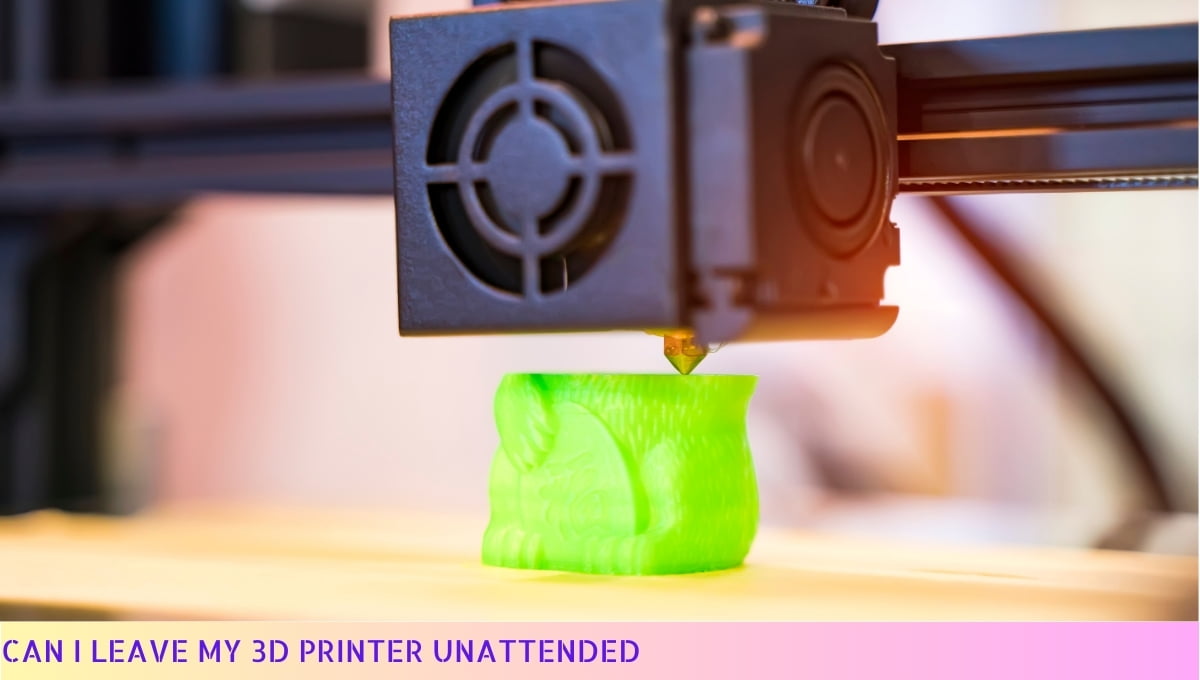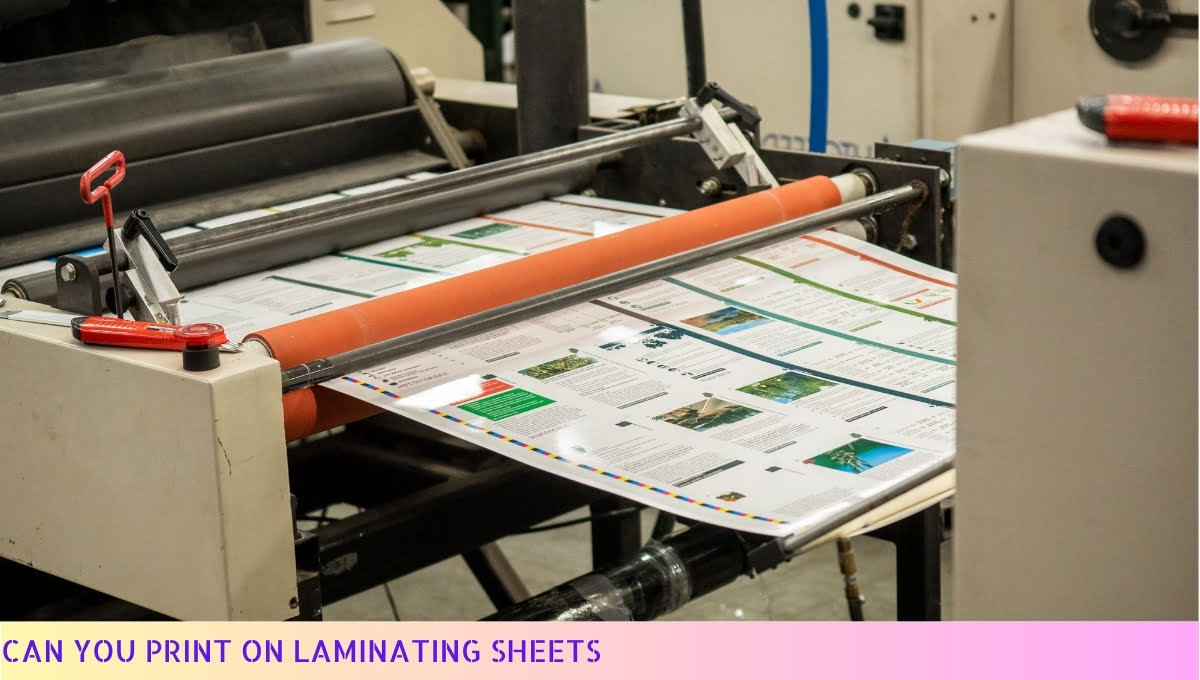You should not use inkjet paper in a laser printer.
Using inkjet paper in a laser printer can lead to poor print quality and potential damage to the printer. Inkjet paper is designed to absorb liquid ink, while laser printers use heat to fuse toner onto the paper.
This difference can cause inkjet paper to warp or melt, resulting in jamming or other malfunctions. It’s best to use paper specifically designed for laser printing to ensure optimal performance and quality.
Key Differences Between Inkjet and Laser Printers

When choosing between inkjet and laser printers, understanding their key differences is essential. Each type has unique features that cater to different printing needs, and I’m here to help you navigate through them.
Printing Technology
The fundamental difference between inkjet and laser printers lies in their printing technology:
- Inkjet Printers: These printers use liquid ink that is sprayed onto the paper through tiny nozzles. This method allows for high-quality color printing and is particularly effective for images and photographs.
- Laser Printers: Laser printers utilize a laser beam to transfer toner onto paper. The toner is a fine powder that is fused onto the paper using heat. This results in sharp text and images, making laser printers ideal for documents.
Print Quality
Print quality can vary significantly between the two types of printers:
- Inkjet Printers: Known for producing vibrant colors and smooth gradients, inkjet printers excel in photo printing. However, the quality can diminish over time if the ink dries out or if the print head becomes clogged.
- Laser Printers: Typically produce crisp and clear text, making them perfect for professional documents. While color laser printers have improved in quality, they may not match the photo-quality output of inkjet printers.
Speed and Efficiency
When it comes to speed, both types of printers have their strengths:
- Inkjet Printers: Generally slower than laser printers, inkjets may take longer to print large volumes of documents. They are best suited for home use or small offices with lower print demands.
- Laser Printers: These printers are designed for high-speed printing, making them ideal for businesses or environments where large quantities of documents need to be printed quickly.
Cost of Operation
The cost of operating inkjet and laser printers can vary widely:
- Inkjet Printers: While the initial purchase price is often lower, the cost of replacement ink cartridges can add up quickly, especially if you print frequently. Additionally, inkjet printers may require more maintenance over time.
- Laser Printers: Although they may have a higher upfront cost, laser printers typically have a lower cost per page due to the longevity of toner cartridges. They are more economical for high-volume printing.
Paper Handling
Paper handling capabilities also differ between the two printer types:
- Inkjet Printers: They can handle a variety of paper types, including photo paper and specialty media. However, they may struggle with thicker or heavier paper.
- Laser Printers: These printers are generally better equipped to handle different paper types, including heavier stock and envelopes, making them versatile for various printing tasks.
Maintenance and Durability
Maintenance needs and durability are also important considerations:
- Inkjet Printers: They require regular maintenance, such as cleaning the print heads to prevent clogs. Ink cartridges can dry out if not used regularly, leading to wasted ink.
- Laser Printers: Generally require less maintenance and are built to last longer. The toner does not dry out, making them more reliable for infrequent use.
Best Use Cases
Understanding where each printer type excels can help you make the right choice:
- Inkjet Printers: Ideal for home users or small offices that prioritize high-quality color printing, such as photos and creative projects.
- Laser Printers: Perfect for businesses and offices that need fast, high-volume printing of text-heavy documents, such as reports and contracts.
By recognizing these key differences between inkjet and laser printers, you can make an informed decision that aligns with your specific printing needs and preferences. Whether you value print quality, speed, or cost efficiency, understanding these factors will guide you in selecting the right printer for your situation.
Can Inkjet Paper Be Used in a Laser Printer?

As someone who often navigates the world of printing, I understand the confusion that can arise when it comes to using different types of paper with various printers.
You might be wondering if inkjet paper can be used in a laser printer. Let’s explore this topic in detail.
Understanding the Basics
First, it is important to understand the fundamental differences between inkjet and laser printers.
Inkjet printers use liquid ink to create images and text on paper, while laser printers utilize toner, a fine powder, which is fused onto the paper using heat.
This distinction leads to different requirements for the types of paper that work best with each printer type.
Can You Use Inkjet Paper in a Laser Printer?
The short answer is yes, you can use inkjet paper in a laser printer. However, there are several factors to consider before making this decision:
- Paper Composition: Inkjet paper is typically coated to absorb liquid ink effectively. This coating can interfere with the fusing process of toner in a laser printer.
- Weight and Thickness: Inkjet paper often has a lighter weight compared to paper designed for laser printers. Using lighter paper can lead to jams or misfeeds in a laser printer.
- Finish: The finish of inkjet paper, whether glossy or matte, can affect the print quality when used in a laser printer.
Potential Benefits of Using Inkjet Paper
While there are challenges, there are also some potential benefits to using inkjet paper in a laser printer:
- Cost-Effectiveness: If you have a surplus of inkjet paper and want to save money, using it in your laser printer can be a practical solution.
- Availability: You may find that you have more inkjet paper on hand than laser-specific paper, making it convenient to use what you already possess.
Potential Drawbacks
Despite the potential benefits, there are significant drawbacks to consider:
- Print Quality: The print quality may not meet your expectations, as the toner may not adhere properly to the inkjet paper, leading to smudging or fading.
- Printer Damage: Using the wrong type of paper can cause damage to your laser printer, potentially voiding any warranty.
- Increased Jamming: The lighter weight of inkjet paper can lead to increased jamming and misfeeds, resulting in wasted time and materials.
Best Practices for Using Inkjet Paper in a Laser Printer
If you decide to use inkjet paper in your laser printer, here are some best practices to keep in mind:
- Test First: Always run a test print on a small piece of inkjet paper to check for compatibility and print quality.
- Adjust Settings: Modify your printer settings to accommodate the weight and thickness of the inkjet paper, if possible.
- Monitor for Jams: Keep an eye on your printer for any signs of jamming or misfeeds, and be prepared to remove any stuck paper.
Conclusion
While it is possible to use inkjet paper in a laser printer, it is essential to weigh the pros and cons carefully. By understanding the limitations and following best practices, you can make an informed decision that suits your printing needs.
Always prioritize the health of your printer and the quality of your prints when experimenting with different paper types.
Potential Issues with Using Inkjet Paper in a Laser Printer

When considering using inkjet paper in a laser printer, it’s important to understand the potential challenges that may arise.
As someone who has explored this topic extensively, I want to share my insights with you to help you avoid any pitfalls.
1. Paper Composition and Coating
Inkjet paper is specifically designed to absorb liquid ink, which is why it often has a special coating. This coating allows the ink to dry quickly and adhere properly to the surface.
However, when you use inkjet paper in a laser printer, the high heat of the laser printing process can cause the following issues:
- Melting or Warping: The heat generated during the laser printing process can melt the coating on inkjet paper, leading to warping or curling. This can result in paper jams or uneven prints.
- Smudging: If the coating melts, it may not hold the toner properly, causing smudging and smearing of the printed image or text.
2. Print Quality Concerns
Using inkjet paper in a laser printer can significantly affect print quality. Since inkjet paper is not designed for the toner used in laser printers, you may experience:
- Poor Color Reproduction: The colors may not appear as vibrant or true to life when printed on inkjet paper compared to laser-specific paper.
- Inconsistent Results: You may notice variations in print quality from page to page, as the toner may not adhere uniformly to the paper.
3. Paper Weight and Thickness
Inkjet paper typically comes in a variety of weights and thicknesses, which may not be compatible with your laser printer’s specifications. Some potential issues include:
- Paper Jams: If the inkjet paper is too thick or too thin, it can cause paper jams within the laser printer, leading to frustration and wasted time.
- Feeding Issues: Laser printers are designed to handle specific types of paper. If the inkjet paper is not within those specifications, it may not feed correctly, resulting in misalignment or incomplete prints.
4. Longevity and Durability
One of the advantages of laser printing is the durability of the prints. Laser-printed documents tend to be water-resistant and fade-resistant. However, using inkjet paper can compromise this durability:
- Susceptibility to Damage: Inkjet paper is often more vulnerable to moisture and wear, which means that your prints may not last as long as those printed on appropriate laser paper.
- Fading Over Time: The quality of the inkjet paper can affect how well the toner adheres, leading to prints that may fade more quickly than expected.
5. Cost Considerations
While using inkjet paper in a laser printer might seem like a cost-effective solution, it can lead to additional expenses in the long run:
- Printer Maintenance: Frequent paper jams and misprints can lead to increased wear and tear on your laser printer, resulting in higher maintenance costs.
- Wasted Supplies: If the prints do not come out as expected, you may end up wasting toner and inkjet paper, which can add up over time.
6. Warranty Implications
Many printer manufacturers specify the types of paper that can be used in their devices. Using inkjet paper in a laser printer may have implications for your warranty:
- Voiding the Warranty: If your printer experiences issues due to using non-recommended paper, the manufacturer may refuse to honor the warranty, leading to costly repairs.
In summary, while it might be tempting to use inkjet paper in a laser printer, the potential issues can outweigh the benefits.
Understanding these challenges can help you make informed decisions about your printing needs and ensure you achieve the best possible results with your laser printer.
By using the appropriate paper, you can avoid frustration and ensure that your prints are of the highest quality.
Tips for Using Inkjet Paper in a Laser Printer

As a friendly consultant, I understand that using the right paper for your printing needs is crucial. Here are some tips to help you navigate the world of inkjet paper in laser printers.
1. Understand Your Printer’s Specifications
Before you even think about loading inkjet paper into your laser printer, it’s essential to understand the specifications of your printer.
Most laser printers are designed to work with specific types of paper, and using inkjet paper can sometimes lead to issues.
Here are a few things to consider:
- Check the Manual: Your printer’s manual will provide detailed information about the types of paper that are compatible. This includes weight, thickness, and finish.
- Paper Weight: Inkjet paper is usually lighter than laser printer paper. Make sure the weight of the inkjet paper falls within your printer’s acceptable range.
- Paper Finish: Laser printers work best with smooth, coated papers. If your inkjet paper has a rough texture, it may not produce the best results.
2. Test with Small Prints
Before committing to a large print job, I recommend running a few test prints. This way, you can see how the inkjet paper performs in your laser printer without wasting a lot of resources. Here’s how to do it:
- Print a Sample: Choose a simple document or image and print it on the inkjet paper. Observe the quality and any potential issues.
- Evaluate the Results: Look for smudging, streaking, or any other imperfections. This will give you an idea of whether the inkjet paper is suitable for your needs.
3. Adjust Printer Settings
Another important step is to adjust your printer settings. By doing so, you can optimize the output for the type of paper you are using. Here are some adjustments to consider:
- Paper Type Setting: Many laser printers allow you to choose the type of paper you are using. Select the option that closely matches the inkjet paper.
- Print Quality: You may want to adjust the print quality settings. Higher quality settings may work better with inkjet paper, but they can also slow down printing speed.
4. Monitor Temperature and Humidity
The environment in which you are printing can significantly affect the quality of your prints. Inkjet paper is often more sensitive to temperature and humidity than laser printer paper. Here are some tips:
- Store Properly: Keep your inkjet paper in a cool, dry place. Avoid areas with high humidity, which can cause the paper to warp or absorb moisture.
- Allow Acclimatization: If your inkjet paper has been stored in a different environment, let it acclimate to the room temperature before printing.
5. Be Prepared for Possible Issues
While using inkjet paper in a laser printer can be successful, there are potential issues you should be aware of. Here are a few common problems and how to address them:
- Paper Jams: If the inkjet paper is too thick or not designed for laser printing, it may jam. If this happens, turn off your printer and carefully remove the jammed paper.
- Smudging: If you notice smudging, it could be due to the inkjet paper not handling the heat from the laser printer well. Adjust your settings or switch to a different paper type.
- Color Quality: The colors may not appear as vibrant as they would on paper designed for laser printers. If color quality is crucial, consider investing in the right paper.
6. Consider Alternatives
If you find that using inkjet paper in your laser printer is not yielding satisfactory results, consider these alternatives:
- Purchase Laser-Compatible Paper: Investing in paper specifically designed for laser printers can save you time and frustration in the long run.
- Use Inkjet Printer for Inkjet Paper: If you frequently print on inkjet paper, consider keeping an inkjet printer on hand for those specific jobs.
By following these tips, you can effectively use inkjet paper in your laser printer while minimizing potential issues. Remember, testing and adjustments are key to achieving the best results for your printing projects.
FAQs: Can I Use Inkjet Paper in a Laser Printer?
Using inkjet paper in a laser printer raises questions about compatibility and print quality. This guide addresses common concerns regarding the use of inkjet paper with laser printers.
1. Can I use inkjet paper in a laser printer?
While it is technically possible to use inkjet paper in a laser printer, it is not recommended. Inkjet paper is designed to absorb liquid ink, while laser printers use heat and toner, which may not adhere properly to inkjet paper.
2. What happens if I use inkjet paper in a laser printer?
If you use inkjet paper in a laser printer, you may experience poor print quality, smudging, or even paper jams. The toner may not bond well with the surface of the inkjet paper, leading to faded prints.
3. Is there a specific type of paper for laser printers?
Yes, laser printers are best used with paper specifically designed for laser printing. This type of paper is coated to withstand the heat and pressure of the printing process, ensuring optimal print quality.
4. Can I use photo paper in a laser printer?
Using photo paper designed for inkjet printers in a laser printer is not advisable. Laser printers require special photo paper that can handle high temperatures without melting or warping.
5. What is the difference between inkjet and laser paper?
Inkjet paper is designed to absorb liquid ink, whereas laser paper is formulated to withstand the heat and pressure of the laser printing process. This difference affects how well the toner adheres to the paper.
6. Will using inkjet paper void my printer warranty?
Using inkjet paper in a laser printer is unlikely to void your warranty. However, it may lead to performance issues that could affect your printer’s functionality over time.
7. Can I use regular copy paper in a laser printer?
Yes, regular copy paper is suitable for laser printers. It is designed to handle the heat and pressure of the printing process, ensuring good print quality and preventing jams.
8. What are the best practices for using a laser printer?
To ensure the best performance from your laser printer, use paper specifically designed for laser printing, keep the printer clean, and regularly update the printer’s drivers and firmware.
9. Is there any advantage to using inkjet paper in a laser printer?
There are generally no advantages to using inkjet paper in a laser printer. It may lead to subpar print quality and other issues, making it better to use the appropriate paper type.
10. Can I print on both sides of the paper in a laser printer?
Yes, most laser printers support duplex printing, allowing you to print on both sides of the paper. However, ensure that the paper you are using is suitable for double-sided printing to avoid smudging or bleeding.
Wrap Up
Using inkjet paper in a laser printer is generally not recommended due to the differences in how these printers operate. Inkjet paper is designed to absorb liquid ink, while laser printers use heat to fuse toner onto the paper.
This mismatch can lead to poor print quality and potential damage to your printer.
If you find yourself in a pinch, using inkjet paper occasionally might yield acceptable results, but it’s best to stick with paper specifically designed for laser printers for optimal performance. Your investment in the right materials can save you time and ensure high-quality prints every time.
Thank you for taking the time to read this article! 😊 I invite you to share this information with friends and revisit our website for more insights and tips. Your support means a lot!

